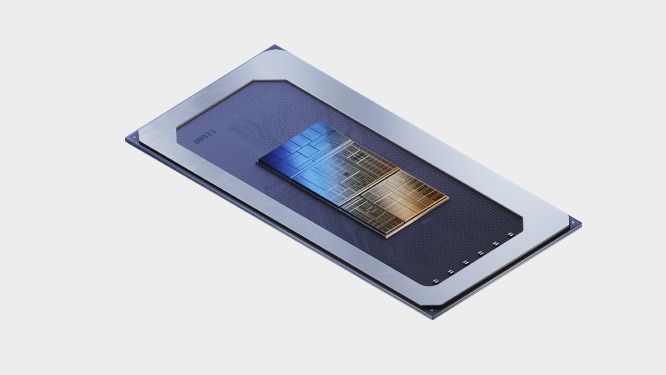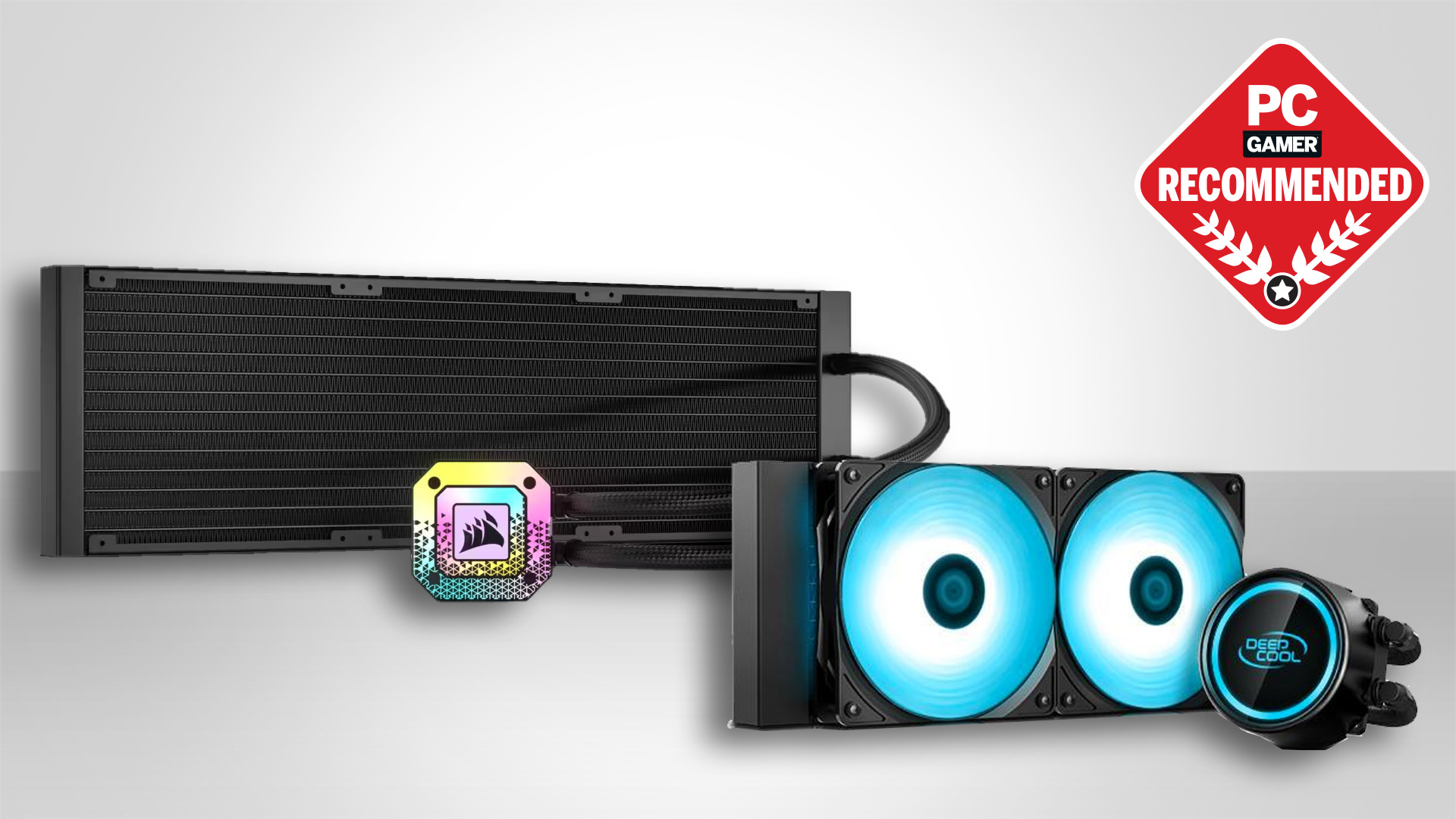
While plenty of eyes are on Intel 13th and 14th Gen CPUs of late thanks to their instability issues, we've seen few mentions of upcoming Intel 15th Gen (codename Arrow Lake) processors. These chips should be with us by the end of the year and will form the next generation of Intel desktop (Core) and laptop (Core Ultra and Core H) chips. Now, we're hearing rumour that they might be a whole lot more efficient than current-gen chips.
Based on Chinese tech blogger Little Pigeon's summary (via VideoCardz) of a recent Intel-Asus collaborative conference, 15th Gen Intel CPUs should have "at least 100 W lower power consumption while maintaining high frequencies." And, according to Wccftech's machine translation, "stability is guaranteed" for these next-gen processors because the "previous overvoltage problem will not occur."
We're seeing the first overvoltage BIOS fixes roll out for current-gen Intel CPUs, so news that Arrow Lake may not suffer similar instability issues isn't surprising. 100 W low power consumption, on the other hand, would come as pleasant news, provided high frequencies are maintained.
Of course, we don't expect these 100 W numbers to be anything like the power reduction in the low-power Core Ultra laptop line-up, given that the current high-end Core Ultra 9 185H has a TDP of just 45 W and max power of about 115 W. Nor are we likely to see them in the "slightly higher but still relatively low-power" high performance laptop CPU line-up.
The high-end Intel laptop CPU, the Core i9 14900HX, has a TDP of 45 W, just like the Core Ultra 9 185H, but a slightly higher PL2 of 157 W. Call me a sceptic but I don't think the 100 W number is likely to apply here, either, given that would mean an (unconfirmed) Core i9 15900HX running at just 57 W under full load.

Instead, if this 100 W rumour is true, we'll hopefully see such 100 W power reduction in desktop CPUs. The Intel Core i9 14900K has a TDP of 125 W and a PL2 (max power draw) of 253 W. If, with a high-end Arrow Lake desktop chip, similar frequencies and performance can be maintained with a 100 W lower PL2, this would be quite the feat.
It also might be necessary for Intel, given AMD Zen 5 has just launched and holy crap is it low on power consumption. In his testing, our Nick found that the AMD Ryzen 7 9700X, a chip with a maximum package power of just 88 W, does in fact sip very little power in practice. The next CPU generations are very much looking like a power and efficiency competition.

Best AIO cooler for CPUs: Keep your chip chill.
Best air cooler for CPUs: Classic, quiet cooling.
Lower power consumption would also presumably be good news on the temperature front, given that less power usually means less heat. It would be nice given just how hot current-gen chips can get—yes, even (and perhaps especially) Core Ultra ones.
While power, temperature, and efficiency improvements might in come part down to architectural changes, they could also be the result of process changes. Most of Intel's Arrow Lake compute tiles (for its higher-end CPUs) are rumoured to rely on TSMC's N3 node for production, with the chipmaker having started 3 nm production for Arrow Lake in June.
Whatever the case, it would be nice to have something positive to report about Intel for a change, wouldn't it?







